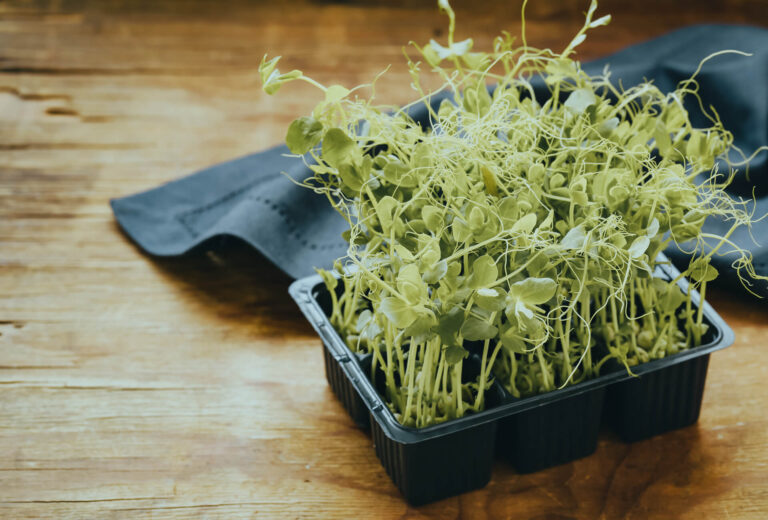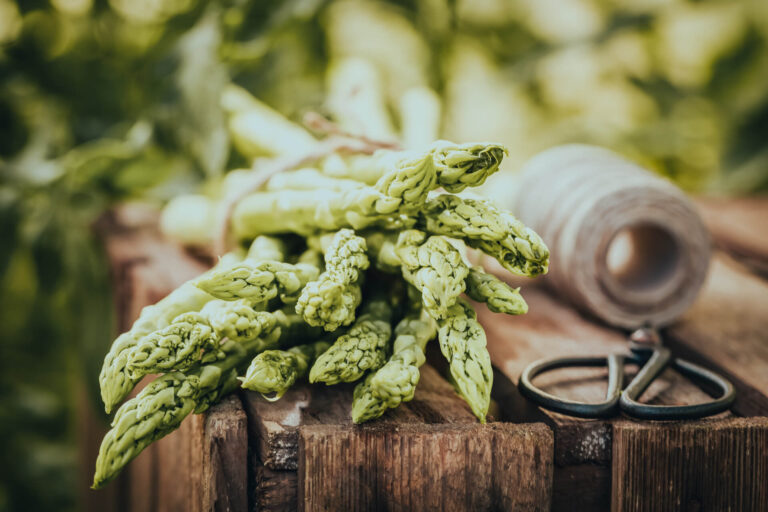Unearthing tuscan brilliance: the enigmatic allure of moraiolo olive tree
- OSF Herbarium
In the vast world of agriculture, sure treasures shine brighter than others, captivating both growers and consumers alike. Among these precious gems is the Moraiolo olive tree, an Italian variety that holds the key to a highly lucrative endeavor. With its exceptional oil quality and unparalleled market demand, cultivating the Moraiolo olive tree opens doors to a profitable venture in the olive oil industry.
Tuscany, Italy, renowned for its rich culinary heritage, boasts an esteemed reputation for producing some of the finest olive oils in the world. At the heart of this olive oil legacy lies the Moraiolo olive tree, treasured for its unique characteristics and superior oil extraction capabilities. In this article, we will explore the compelling reasons why the cultivation of Moraiolo olive trees can pave the way to a prosperous and rewarding business endeavor.
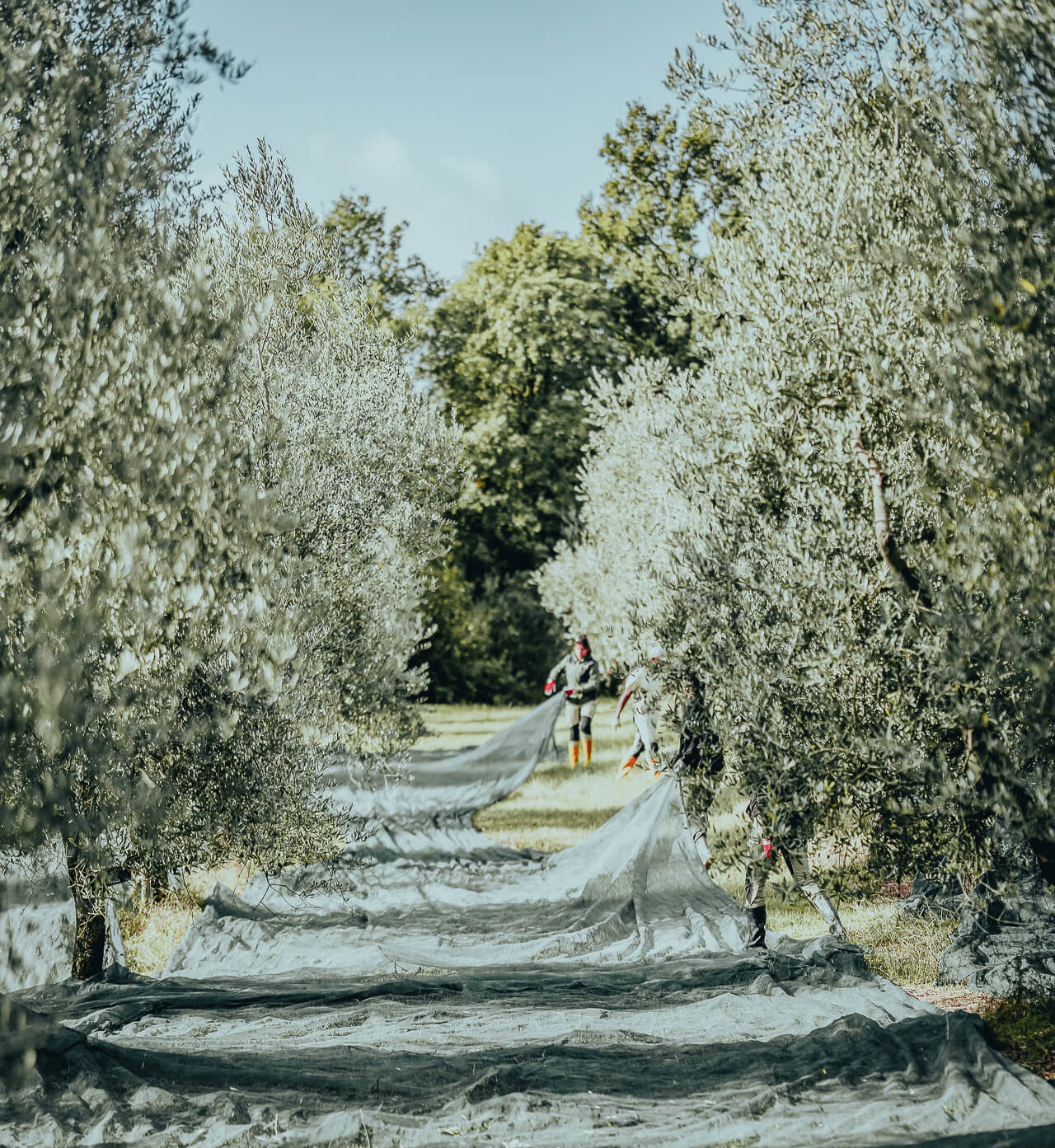
Characteristics of the Moraiolo Olive Tree
The Moraiolo olive tree exhibits several distinctive characteristics, making it highly valued by consumers. Here are its key attributes:
The Moraiolo olive tree is renowned for its excellent productivity, yielding a substantial amount of olives. It stands out as an early and highly productive variety, offering favorable outcomes for olive growers.
The Moraiolo variety consistently produces a steady crop from season to season, displaying regularity in fruit production. This reliability allows for better planning and management of harvests, providing stability for farmers.
With moderate flowering characteristics, the Moraiolo olive tree is considered self-sterile. To enhance pollination, it is often paired with compatible pollinator varieties like Morchiaio, Pendolino, and Lazzero. The Moraiolo tree generates an abundance of olive pollen, facilitating successful pollination. Moreover, it typically experiences low rates of ovarian abortion, ensuring a good fruit set.
The Moraiolo olive tree exhibits a medium to low level of vigor, coupled with an erect growth habit. Although it lacks strong vigor, this characteristic aids in managing the tree’s growth. However, it is advisable to avoid aggressive pruning, as the Moraiolo tree may have difficulty healing wounds.
Moraiolo olive trees have elliptical-lanceolate-shaped leaves of medium size. These distinct leaves contribute to the tree’s overall appearance, differentiating it from other olive varieties.
The Moraiolo olive tree is known for its adaptability to rustic conditions, particularly thriving in mountain climates. However, it is susceptible to diseases such as repilo (a fungal infection), tuberculosis, and bold (a bacterial disease). The tree prefers a balanced moisture level, as it is not tolerant of drought or excessive moisture. Additionally, Moraiolo olives exhibit resilience to wind, withstanding its effects without easily breaking off.
The Moraiolo olive tree demonstrates a strong capacity for rooting, simplifying the process of propagation through various methods like cuttings or grafting. This characteristic facilitates the multiplication of Moraiolo olive plants with relative ease.
The Moraiolo olive tree’s remarkable productivity, regular bearing, and the high-quality oil it produces contribute to its value among consumers. Its flowering patterns, tree structure, leaf shape, and susceptibility to certain diseases distinguish it as a unique and desirable variety for olive growers.


Unique Characters of Moraiolo Olive
Moraiolo olives possess unique morphological characteristics that make them highly desirable in the olive oil industry. These olives ripen early and exhibit a slightly staggered maturation, allowing for optimal harvesting timing. They are medium-small in size, with a spherical shape and a visually striking black-purple skin color when ripe. Moraiolo olives have a high oil yield of approximately 20%, thanks to their exceptional pulp quality. Their resistance to detachment ensures a more efficient harvest, minimizing fruit loss. While they are primarily used for olive oil production, their precocious nature and high-quality oil provide significant advantages to growers. However, it’s important to note that they are susceptible to certain diseases and may not respond well to mechanized pruning systems. Despite these challenges, the remarkable morphological characteristics of Moraiolo olives make them a coveted choice for olive growers seeking both quantity and outstanding oil quality.
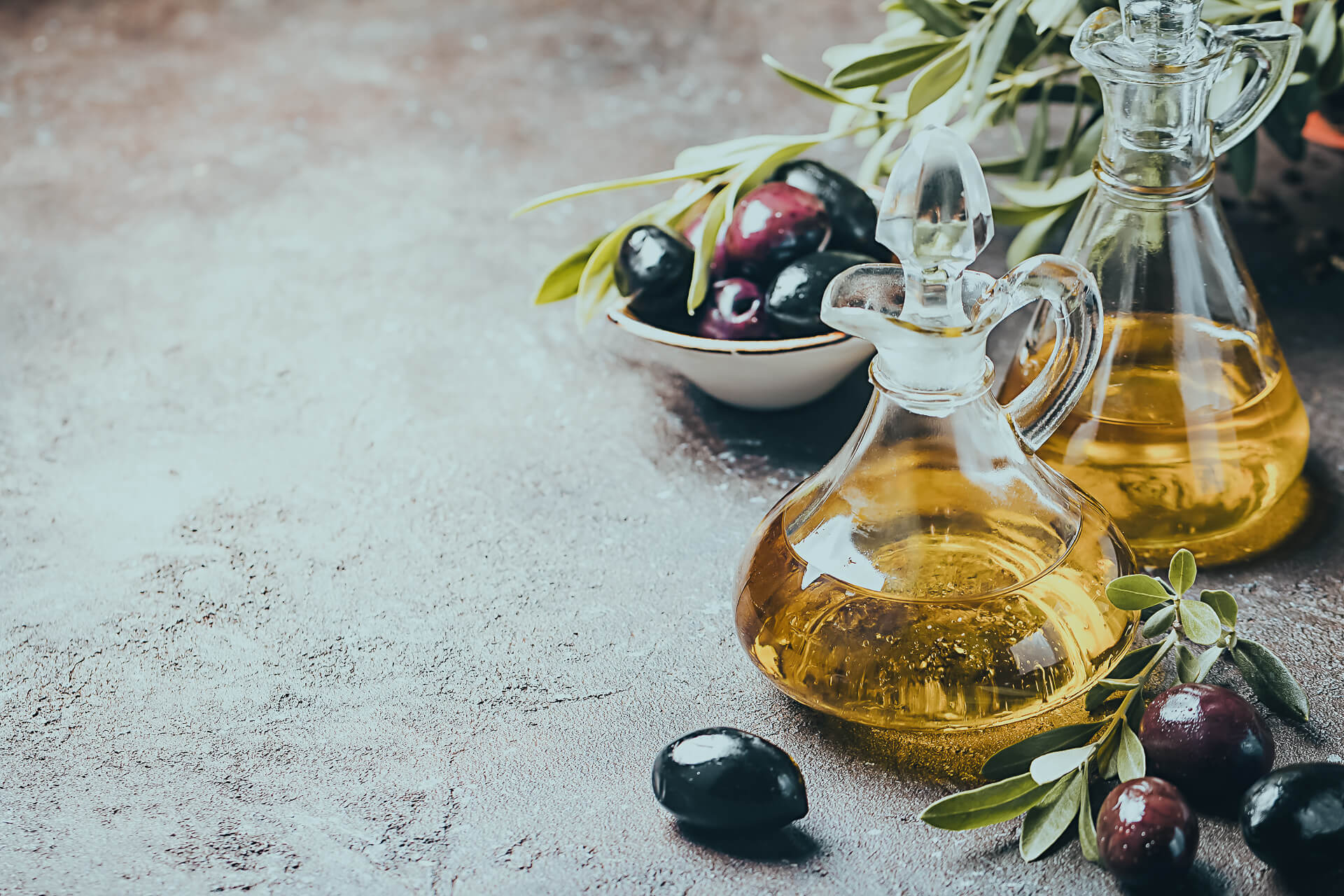
Moraiolo Extra Virgin Olive Oil (EVOO)
Moraiolo Extra Virgin Olive Oil is renowned for its exceptional quality, making it one of the finest Italian olive oils available. It offers a smooth, fluid texture with a high intensity of bitterness and spiciness. The oil’s aroma is subtle, featuring notes of fresh grass, green almond, and artichoke. With a high polyphenol content and 76% oleic acid, Moraiolo EVOO possesses excellent preservation capabilities, maintaining its organoleptic characteristics for several years. This remarkable oil is a favorite among connoisseurs of fruity oils, showcasing the best of Italian craftsmanship.

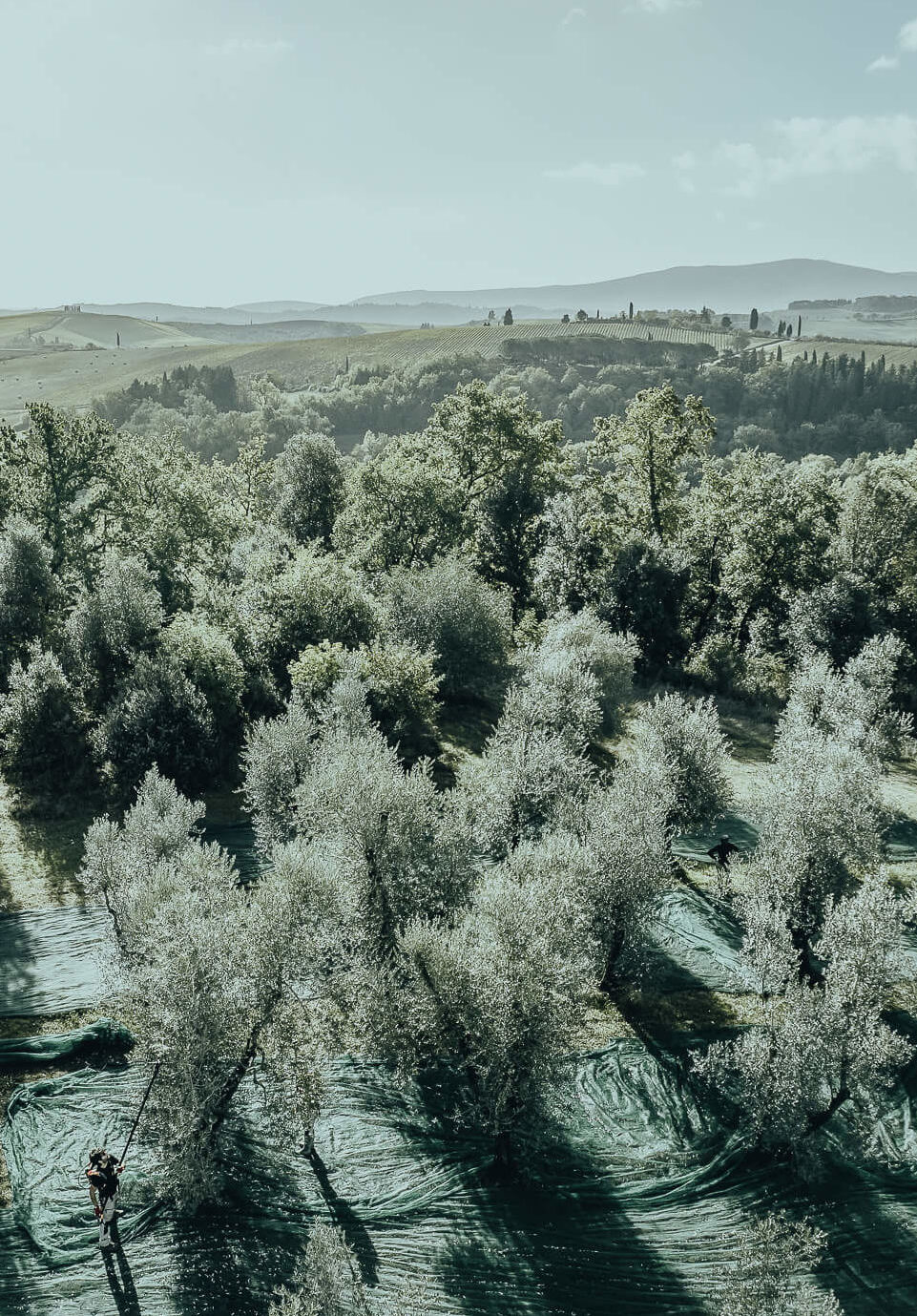
Relationship Between Moraiolo Olive and Tuscany
The relationship between the Moraiolo olive and Tuscany is deeply intertwined, representing a harmonious bond between the olive tree and the region’s rich cultural and agricultural heritage. Tuscany, located in central Italy, is renowned for its picturesque landscapes dotted with olive groves, and the Moraiolo olive tree stands as one of the iconic symbols of this region.
Moraiolo olives have long been cultivated in Tuscany, flourishing in its ideal Mediterranean climate and fertile soil. The variety thrives in the rolling hills and valleys, benefiting from the region’s abundant sunshine and mild winters. The unique combination of Tuscany’s microclimate, along with the rich clay and limestone soils, imparts distinctive flavors and qualities to the Moraiolo olive oil produced in the region.
Tuscany’s olive oil industry owes much of its success to the Moraiolo olive, as it plays a vital role in the production of the region’s highly prized extra virgin olive oil. The olives’ high oil content, exceptional flavor profile, and excellent preservation capabilities make Moraiolo olives a preferred choice for Tuscan olive growers and oil producers.
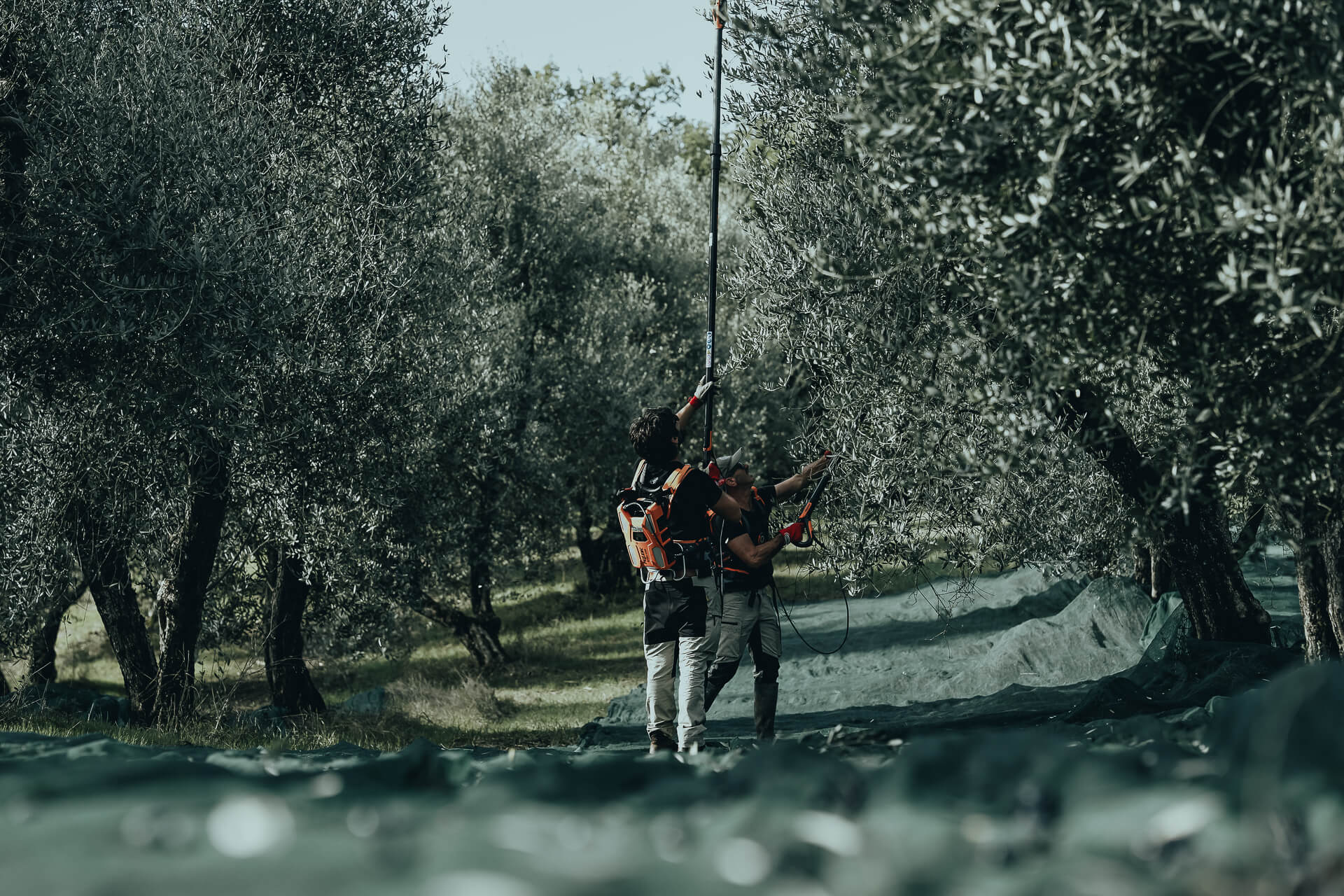
Conclusion
In conclusion, the Moraiolo olive tree and its olive oil hold immense significance in the context of Tuscany, Italy. The characteristics of the Moraiolo olive tree, including its productivity, regular bearing, and unique morphological features, make it a highly desirable variety for olive growers in the region. Its adaptability to the Tuscan climate and its resistance to detachment further contribute to its appeal.


Moraiolo olives are medium-small in size, with a spherical shape and a striking black-purple skin color when ripe. They have a high oil yield of approximately 20%, thanks to their exceptional pulp quality and resistance to detachment. The Moraiolo olive tree’s relationship with Tuscany is deeply intertwined, representing a harmonious bond between the olive tree and the region’s rich cultural and agricultural heritage. The olive tree thrives in the Mediterranean climate and fertile soil, benefiting from the region’s abundant sunshine and mild winters. The unique combination of Tuscany’s microclimate, along with the rich clay and limestone soils, imparts distinctive flavors and qualities to the Moraiolo olive oil produced in the region.
In conclusion, the Moraiolo olive tree and its olive oil hold immense significance in Tuscany, Italy, as it is a highly desirable variety for olive growers due to its exceptional oil content, exceptional flavor profile, and preservation capabilities.

Summary
The Moraiolo olive tree, an Italian variety, holds immense significance in Tuscany, Italy, as it is known for its exceptional oil quality and market demand. The Moraiolo olive tree is renowned for its productivity, regular bearing, flowering, tree vigor, leaf characteristics, disease susceptibility, and rooting capacity. Its unique morphological characteristics make it highly desirable in the olive oil industry, with a high oil yield of approximately 20% and resistance to detachment.

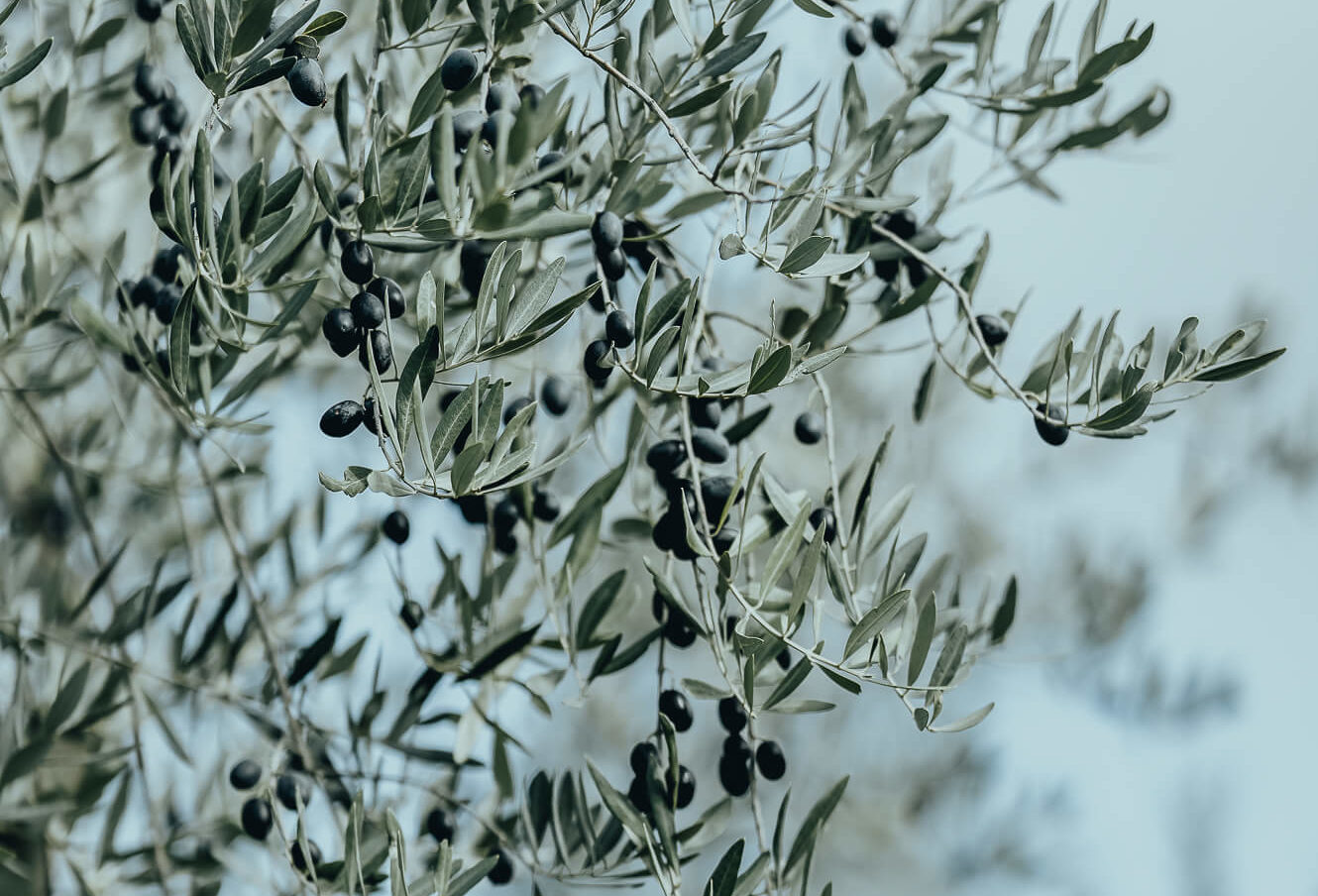

FAQ
Medium-small size, spherical and slightly asymmetric shape, black-purple skin color.
Exceptional quality, smooth texture, intense bitterness and spiciness, subtle aroma of fresh grass, green almond, and artichoke. High polyphenol content, 76% oleic acid, and excellent preservation capabilities.
Adaptability to Tuscany’s climate and soil, high productivity, and regular bearing. Plays a crucial role in Tuscany’s olive oil industry.
Yes, but specific characteristics and qualities may vary depending on the growing conditions in other regions with similar Mediterranean climates.
Symbolizes the cultural and agricultural heritage of Tuscany. Thrives in the region’s ideal conditions and contributes to its renowned olive oil production.



